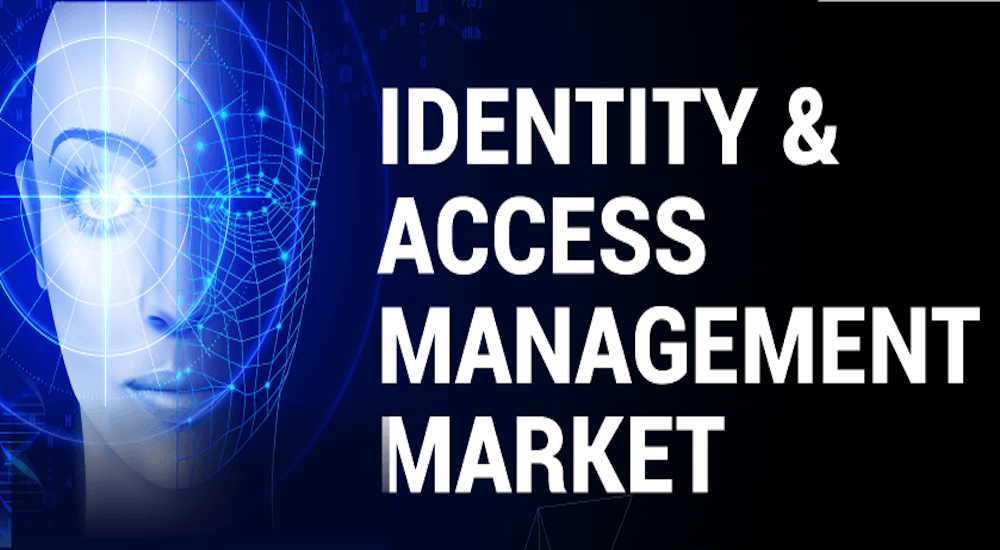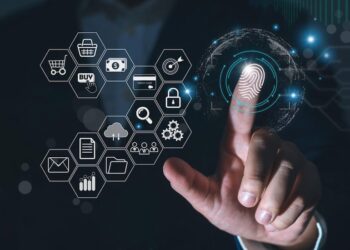The COVID-19 crisis has brought about such a terrible situation where people’s hard work and livelihoods have been taken by an elusive enemy. The threat of cyberattacks lurks on the horizon as businesses reduce staff to deal with the effects of the coronavirus. Access control to corporate data may hold the key to recovery from both intentional and unintentional cyberthreats. Companies are being forced to reconsider their access control strategies as a result of significant job losses, an increase in remote workers, and an increase in the usage of freelancers and consultants. The change due to the pandemic is wide in range. Let’s discuss influence criteria below.
Market Analysis of Consumer
The global IAM market is anticipated to expand at a compound Annual Growth Rate (CAGR) of 15.3%, from USD 8.6 billion in 2021 to USD 17.6 billion by 2026. The rise in security breaches and cyberattacks, the need to provide a frictionless customer experience, identity theft and fraud, and growing awareness of regulatory compliance and access management technologies are the main reasons propelling the CIAM market’s rapid development rate.
Customer registration, self-service account management, consent and preference management, single sign-on (SSO), multi-factor authentication (MFA), access management, directory services, and data access governance are among the capabilities that robust CIAM solutions and services typically offer. These elements help firms strengthen their security capabilities to proactively reduce cyber threats. According to the size of the organization, the CIAM market has been divided into SMEs and major corporations. Based on both international standards and the number of individuals they employ; these organizations are divided into different categories.
Increase in Security Issues
Due to the fact that hackers are, first and foremost, con artists who comprehend human behavior better than any behavioral scientist, this pandemic’s increase in security vulnerabilities may be largely attributed to this.
A “forever” extension has just been implemented by tech businesses like Facebook and Twitter to enable people to work from home continuously. Because the home office functions as a satellite office, working from home gives the task of preventing cyberattacks a new dimension. To do this, new security policy modifications must be put into effect. It nearly seems to mimic the global spread of coronavirus infections. There will be about 100,000 onion websites in April 2020. There were more than 220,000 by mid-May. Researchers discovered that 89% of workers who leave a company continue to have access to company data, raising the possibility of a data breach.
Disaster-Resistant IAM for an Unpredictably Changing World
A catastrophe-hardened IAM (CHIAM) system’s design mandate includes the requirement for dynamic adaptability to adjust as circumstances demand. This is not just an AI capability; machine learning is an example. An overlay of CHIAM called rules of operation that adjust system behavior offers the degree of control required in a complicated business setting where workforces are mobile and the outside world is unpredictable. Reduced travel and home working due to climate change, a rise in the use of freelancers and consultants for non-employee facilitation, and unpredictable economic conditions are all likely to result in an unstable employment base.





